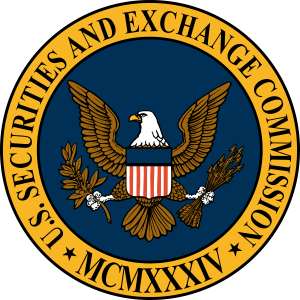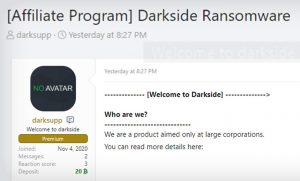onShore Security relaunches vulnerability management services, massively expanding the previously offered service. Vulnerability management is necessary for organizations today and required by all cybersecurity compliance frameworks. This newly launched service goes way beyond standard Common Vulnerabilities and Exposure (CVE) scanning, ingesting policies, configurations, and full cloud assets with an automated continuous scan, all incorporated into our Elastic cluster for correlation. Unlike its competitors, onShore Security’s service includes a monthly analyst briefing. The briefing helps organizations make sense of the findings and provides insights that other providers overlook. On top of that, these features are fully integrated with our Elasticsearch-powered Panoptic SIEM®.
Steve Kent, CTO of onShore Security, said, “By correlating found vulnerabilities with system and network activity, we can prioritize critical patches within specific environments, and help reduce our client’s risk exposure – both in the immediate and long term.”
“This is a complete revamp of our CVMaaS offering,” Stel Valavanis, CEO of onShore Security adds. “Because vulnerability management, beyond just regular scanning, has risen to the level of a required GRC [Governance, Risk, Compliance] process for enterprise, we’ve added continuous scanning and full analytics via our Elastic Stack big data platform. Add to this much deeper inspection of AD, GPOs, Azure configurations, etc., and you get a whole other level of offering that begs for a new name.”
To find out more about this new service, go to www.onshore.com/continuous-vulnerability-management/.


